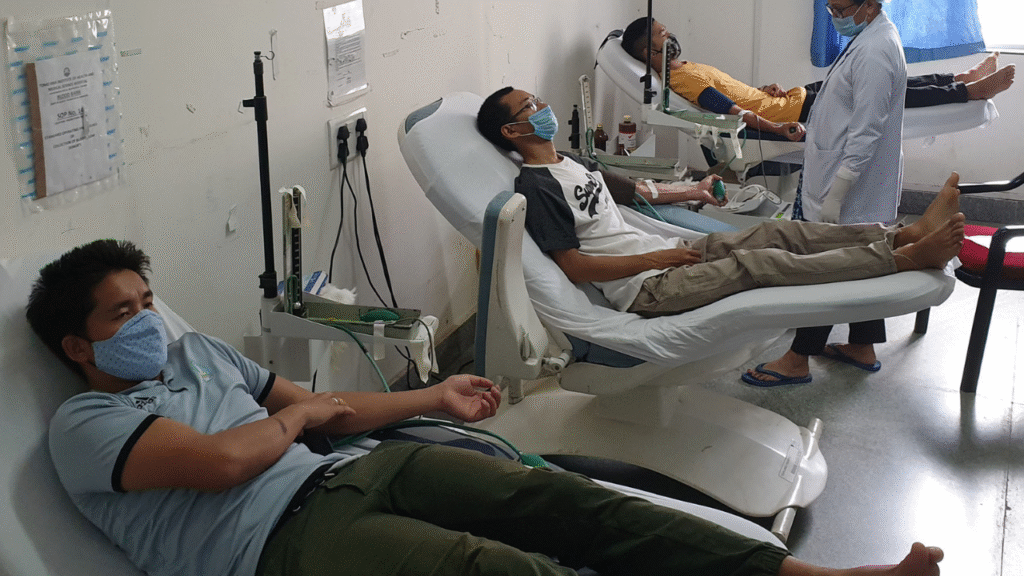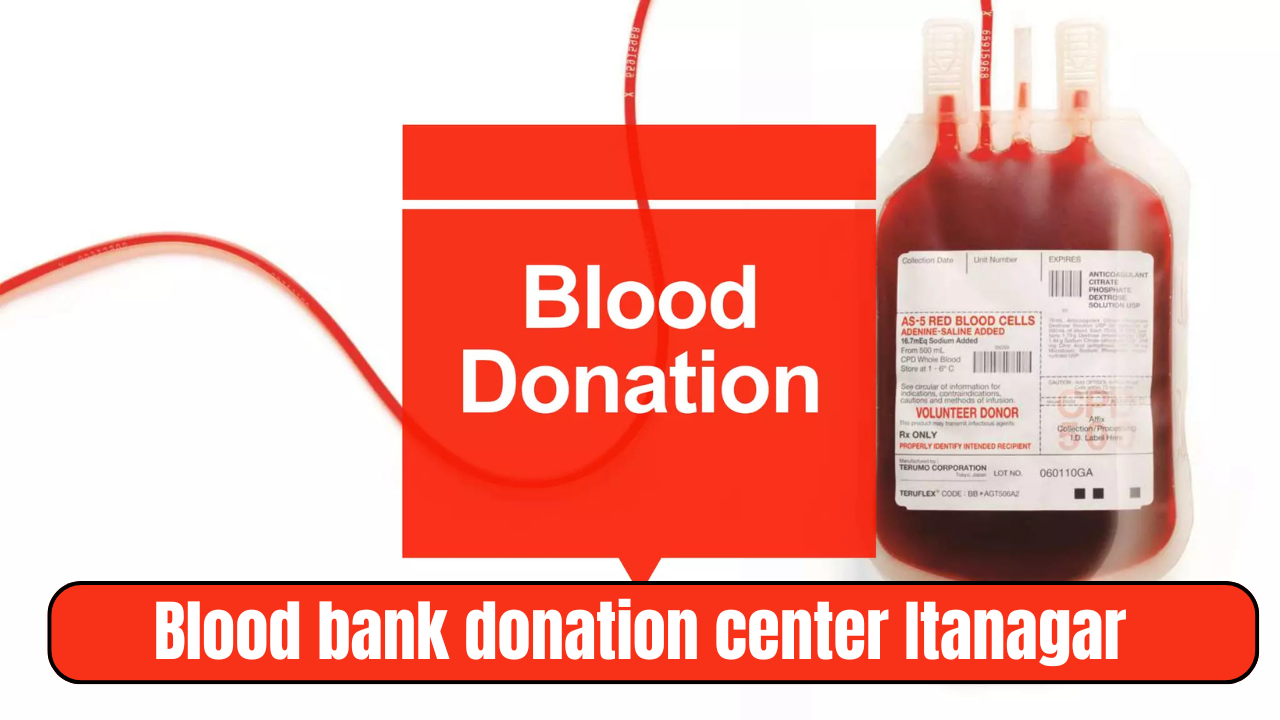“The gift of blood is the gift of life. There is no substitute for human blood. Blood cannot be manufactured-it can only come from generous donors.”
Why do we need to donate blood?
There is enormous demand for blood in hospitals. Many patients are suffering because they cannot cope with the loss of blood.
Why do we require blood donations?
There is a tremendous demand for blood in hospitals. Many patients suffer because they are unable to cope with the loss of blood. Donated blood is mainly used to:
- Replace blood lost during injury as in cases of accident.
- Replace blood loss during major surgeries.
- Assist patients suffering with blood disorders like hemophilia, Von-Willebrand disease.
- Aid burn patients with plasma infusion, which could be very critical to their survival.
- Increase hemoglobin levels (through transfusions) in patients suffering from chronic disorders like those of kidney, cancer, and anaemia.
- Thus, blood donation is of utmost significance since it could give life to a patient.
To donate, certain health criteria have to be satisfied by the donor. Some of them are:

- The donor should be above 18 years and not above 60 years of age.
- The donor should have a hemoglobin count not less than 12.5 g/dl.
- The donor’s weight should not be less than 45 kgs.
- The donor should have a normal body temperature at the time of donation.
- The donor should have a normal blood pressure at the time of donation.
- The donor should be free from any disease at the time of donation.
The below-mentioned categories of people should avoid blood donation
- Pregnant or lactating women; those who have undergone an abortion in the recent past.
- Persons under treatment with steroids, hormone supplements, or certain specified medications.
- Persons with multiple sexual partners or drug abusers.
- Persons who have had an attack of infection like jaundice, rubella, typhoid, and malaria.
- Persons who underwent surgery in the last six months.
- Persons who consumed alcohol within 24 hours prior to donation.
- Women should not donate during their menstruation.
All the people who have been vaccinated should avoid donation for the respective period mentioned below:
| Type of Vaccine | The period in which donation should beavoided |
|---|---|
| Hepatitis B | 6 months |
| Live vaccines | 2 weeks |
| Killed vaccines | 48 Hours |
| Rabies | 1 year |
- Persons with any systemic disease like heart disease, kidney disease, liver problems, blood disorders or asthma should NOT donate blood.
- Persons suffering from infections transmitted through transfusions like HIV, Hepatitis, Syphilis etc should Not donate blood.
At the time of blood donation, 350 ml of blood is collected. An average person has 5-6 liters of blood in their body. In this role, the recovery in volume occurs within 24-48 hours. The red blood cells take about 56 days for recovery.
Actual bleeding lasts for about 5-6 minutes. The donor will undergo a medical examination before being asked to relax for about 5-10 minutes, after which refreshments will be given. The entire process lasts about 30 minutes.

At least a 3-month gap is recommended before blood donation. This period allows the blood to be replenished until normal levels of hemoglobin count are attained.
A donor will remain healthy after donation. The new blood cells should actually be generated by bone marrow. However, if the procedures are not properly followed, some infection will be possible for the donor.
Here are some precautions:
It is very crucial to make sure that blood is drawn with disposable needles. The major consideration is for Human Immunodeficiency Virus (HIV), which causes AIDS. Because the virus can be transmitted through a transfusion, all donor programs must query potential donors for possible exposure to HIV and test the blood for this virus.
Type O is a rare strain of HIV found in Western Africa. The currently available tests for HIV do not reliably pick up the Type O strain; hence, blood programs must undertake extra precautions to stop this virus from entering the blood supply by rejecting donations from people who have visited its area of exposure.
Eventually, it is possible that improvements in the testing technology for donated blood would include the identification of Type O HIV. When this occurs, the curbs on donations will be lifted.
Donated blood is tested for the following diseases/infections:
- HIV
- Hepatitis B and C
- Syphilis
- Malaria
The blood is further grouped and stored whole or separated into different components like red-packed blood, plasma, or platelets sent to hospitals upon request.
Blood Grouping
Blood consists of cells suspended in a liquid medium called plasma, whereas therapeutic fractions and derivatives are made from the liquid.

There are three types of cells suspended in the plasma:
- Red cells: Carry Oxygen
- White cells: Fight infection
- Platelets: Stop bleeding from wounds
Most commonly used is the ABO grouping for blood identification. The really differentiating property of the red blood cells is a coat of surface proteins. On the basis of these proteins, the blood is classified into four groups:
- A (A protein is present).
- B (B protein is present).
- AB (AB protein is present).
- O (No protein is present).
Under this classification, there are several subtypes (including A1, A2, A1B, or A2B…), some of which are actually rare. There is another protein that plays an equally important role in blood grouping: the Rh factor. When present, it will identify the blood type as positive; if absent, it identifies the blood type as negative. Therefore, these main classifications result:
- A1 Negative
- A1 Positive
- A1B Negative
- A1B Positive
- A2 Negative
- A2 Positive
- A2B Negative
- A2B Positive
- B Negative
- B Positive
- O Negative
- O Positive
